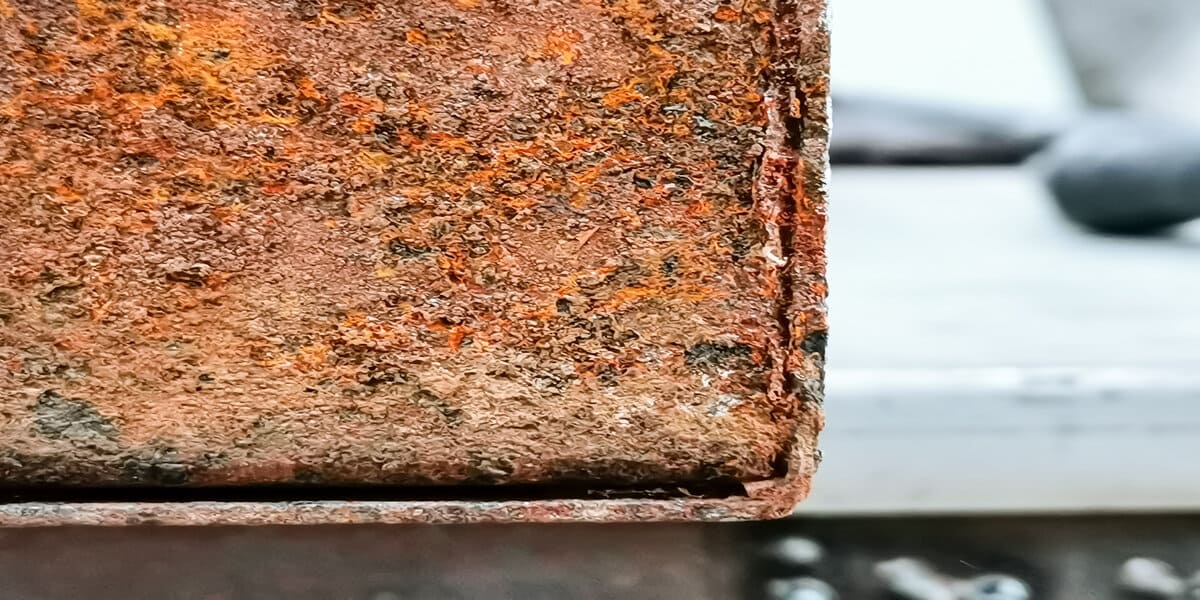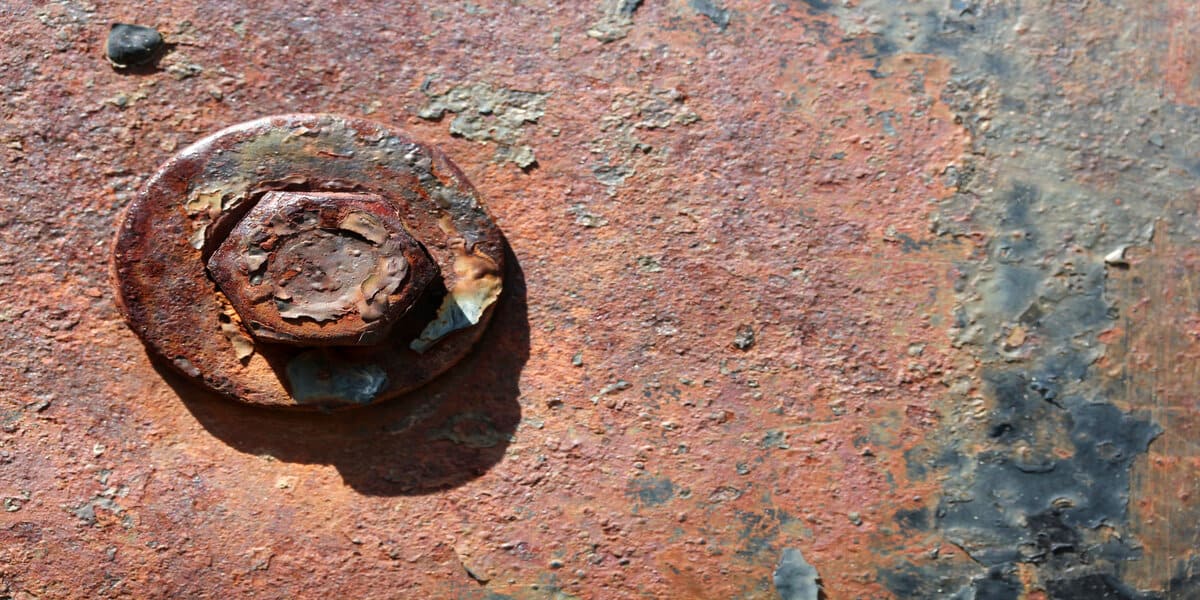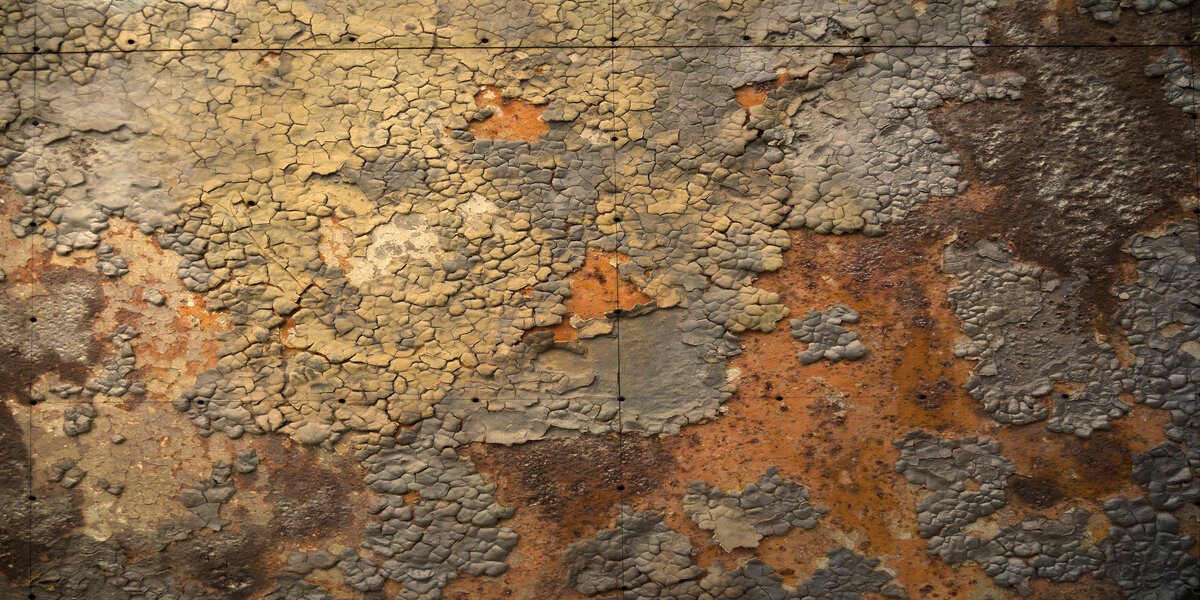CoIf you have metal furniture or equipment, corrosion is likely a concern for you. Metal corrosion can weaken structures, cause equipment to fail, and lead to expensive repairs. To make your metal products last longer and stay strong, the main solution is to prevent corrosion, and you can do this in several ways.
Use Corrosion-Resistant Metals
Choosing the right metal for your project is the first step in preventing corrosion. Some metals naturally resist corrosion due to their composition.
Stainless Steel: Contains chromium, which forms a protective oxide layer that prevents rust and corrosion. This layer is self-healing; if the surface is scratched, the chromium reacts with oxygen to repair the damage.
Aluminum: Develops a natural oxide layer that prevents further corrosion. This thin, protective layer forms quickly when the metal is exposed to air, shielding it from moisture and other corrosive elements.
Copper: Forms a patina that protects against further corrosion. This greenish layer develops over time when copper is exposed to the elements, acting as a barrier against moisture and oxygen.
Brass: An alloy of copper and zinc, known for its resistance to tarnishing and corrosion. Brass combines the durability of copper with the added strength of zinc, making it ideal for applications such as musical instruments, fittings, and decorative items.
Bronze: An alloy of copper and tin, which resists corrosion well. This durable metal forms a protective oxide layer that prevents further corrosion, making it ideal for use in marine environments, sculptures, and industrial applications.

Apply Protective Coatings
Applying protective coatings to metal surfaces can greatly reduce the risk of corrosion. There are several types of coatings you can try:
Paints and Varnishes: Paints and varnishes act as a barrier between the metal and the environment, preventing moisture and oxygen from reaching the metal surface. These coatings create a protective layer that seals the metal, stopping rust and corrosion from developing. When you apply paints and varnishes to your metal furniture or equipment, you effectively shield them from the elements. This protection helps maintain the integrity and appearance of your metal items, extending their lifespan. Regular maintenance and reapplication ensure that the protective barrier remains intact, providing long-term corrosion resistance.
Powder Coating: Powder coating involves spraying a dry powder onto clean metal, which sticks because of an electric charge. The metal is then heated in an oven, causing the powder to melt and form a smooth, tough finish. This finish resists scratches, chips, fading, and corrosion, making it great for metal items that face harsh conditions or heavy use.
Galvanizing: Galvanizing involves coating the metal with a layer of zinc, which acts as a sacrificial layer, corroding before the underlying metal does. This process provides long-lasting protection against corrosion by forming a robust barrier. The zinc layer not only shields the metal from moisture and oxygen but also offers additional protection if the coating gets scratched or damaged, as the zinc will continue to corrode instead of the base metal. This makes galvanizing an effective and durable method to prevent corrosion, especially for outdoor and industrial applications.
Use Corrosion Inhibitors
Corrosion inhibitors are chemicals that, when added to a fluid or gas, decrease the rate of metal corrosion. These inhibitors can be added to cooling systems, boilers, and other environments where metal comes into contact with corrosive substances. They work by forming a protective film on the metal surface or by neutralizing corrosive agents.
Some common examples of these chemicals are chromates, phosphates, silicates, benzotriazole (BTA), zinc oxide, amine-based inhibitors, molybdates, carboxylates, and organic inhibitors.
Ensure Proper Design and Assembly
Good design and assembly help prevent corrosion. Here are some tips:
Avoid Trapping Moisture: Design with proper drainage to prevent moisture buildup, which speeds up corrosion. This keeps metal surfaces dry and helps them last longer.
Use Proper Fasteners: Use fasteners made of corrosion-resistant materials or ensure they are coated appropriately to prevent galvanic corrosion (corrosion that occurs when two different metals are in contact). These materials include stainless steel, brass, and coated steel. Proper fasteners help maintain the integrity and longevity of your metal structures.
Seal Joints and Seams: Properly seal joints and seams to prevent moisture from entering and causing corrosion. Use high-quality sealants that are suitable for the metal and the environment it will be exposed to. Regularly inspect and maintain these seals to ensure they remain effective over time.

Implement Regular Maintenance
Regular maintenance keeps metal surfaces in good shape and prevents corrosion. To do this, try the following:
- Cleaning: Regularly clean metal surfaces to remove dirt, salt, and other corrosive substances. This helps prevent buildup that can cause rust and corrosion over time.
- Inspection: Conduct routine inspections to identify early signs of corrosion and address them immediately. Look for rust, discoloration, or damage and fix any issues right away to prevent the damage from spreading.
- Repairs: Repair any damage to protective coatings immediately to prevent corrosion from spreading. This keeps the metal protected and extends its lifespan.
Control Environmental Factors
Environmental factors such as humidity, temperature, and exposure to chemicals can accelerate corrosion. Controlling these factors can help prevent corrosion:
Humidity Control: Use dehumidifiers or climate control systems to lower the humidity levels in storage and operating environments.This helps prevent moisture buildup, which can lead to rust and corrosion. This is especially important in areas with high humidity or frequent temperature changes.
Temperature Control: Temperature Control: Avoid exposing metals to extreme temperatures that can cause thermal expansion and contraction, leading to cracks and corrosion. Keep the temperature stable to ensure the metal remains intact and corrosion-resistant. This is especially needed for metals used in outdoor or industrial settings.
Chemical Exposure: Keep metals away from harsh chemicals by using protective covers and good storage. This stops chemicals from reaching the metal and causing rust. Regularly check and replace any worn-out covers to keep the protection strong.
Surface Treatments
Surface Treatments for Corrosion Prevention
These can greatly improve the corrosion resistance of metals. Here are some common methods:
Phosphating: This process applies a phosphate coating to metal by immersing it in a phosphoric acid solution. The acid reacts with the metal, forming a protective layer that prevents rust and serves as a good base for paint or other coatings.
Passivation: Usually for stainless steel, passivation treats the metal with an acid solution to remove contaminants like iron particles. This enhances the natural oxide layer, making the metal more resistant to corrosion. Passivated surfaces rust less and are often used in clean environments.
Electroplating: Electroplating adds a thin layer of metal, like zinc, nickel, or chromium, to the base metal. This is done by dipping the metal in an electrolyte solution and applying an electric current. The electroplated layer prevents corrosion and can make the metal look better.
Ceramic Coating: Ceramic coatings protect metal from corrosion, heat, and wear. They bond with the metal surface, creating a tough, durable layer. Commonly used in high-temperature areas like engine parts and exhaust systems.
Preventing Corrosion: Making Metal Last Longer, Stronger
Preventing corrosion is necessary to make metal last longer and stay strong. Choosing corrosion-resistant metals like stainless steel and aluminum, applying protective coatings such as paints, varnishes, and powder coating, and using processes like galvanizing and anodizing are important steps. Regular maintenance, including cleaning, inspections, and repairs, along with controlling environmental factors like humidity and temperature, also helps. Using proper design, fasteners, and sealing joints protects metals against corrosion even more. Together, these methods help keep metal products durable and in good shape.

Frequently Asked Questions
What is Corrosion?
Corrosion is the gradual destruction of metal due to chemical reactions, usually with oxygen and moisture.
Why is Preventing Corrosion Important?
Preventing corrosion extends the life of metal products, keeps them strong, and saves money on repairs and replacements.
What are Some Corrosion-Resistant Metals?
Stainless steel, aluminum, copper, brass, and bronze are all known for their resistance to corrosion.
How Do Protective Coatings Help?
Protective coatings like paint, varnish, and powder coating create a barrier that prevents moisture and oxygen from reaching the metal.
What is Galvanizing?
Galvanizing is coating metal with a layer of zinc to protect it from corrosion. The zinc acts as a sacrificial layer, corroding before the metal does.
What is Anodizing?
Anodizing is an electrochemical process that thickens the natural oxide layer on metals like aluminum, providing extra protection against corrosion.
How Can Design Prevent Corrosion?
Good design prevents moisture traps, allows proper drainage, and uses corrosion-resistant fasteners and seals.
Why is Regular Maintenance Important?
Regular cleaning, inspections, and repairs prevent dirt, salt, and other corrosive substances from damaging metal surfaces.
How Do Environmental Factors Affect Corrosion?
High humidity, extreme temperatures, and exposure to chemicals can speed up corrosion. Controlling these factors helps protect metal.
What are Corrosion Inhibitors?
Corrosion inhibitors are chemicals that reduce the rate of corrosion when added to liquids or applied to surfaces. Examples include chromates, phosphates, and benzotriazole.
References
Our Locations
Get a Quote Now

